Minnows and Carps (Cyprinidae)
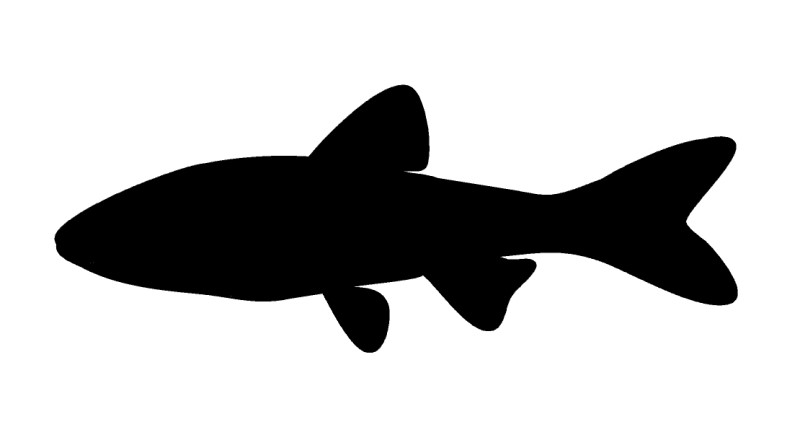
Minnows are an extremely diverse family with abundant representatives over most of the world. Many minnow species are similar in appearance and can thus be very difficult to identify. Minnows generally have no teeth or spines (carp and goldfishes have at least one stout spine at the front of the dorsal and anal fins). They have a single dorsal fin, typically with 8 rays (carp and goldfish more). The pelvic fins are abdominal and positioned beneath the dorsal fin. The tail is usually forked, sometimes concave. Scales are absent from the cheeks and opercles.
There are 16 minnow species in Connecticut, nine of which are native. Many minnow species develop nuptial turbercles (horny bumps) on their heads and become more brightly colored during spawning.
Click on the species' names below to learn more.
Common Carp (Cyprinus carpio) - Introduced
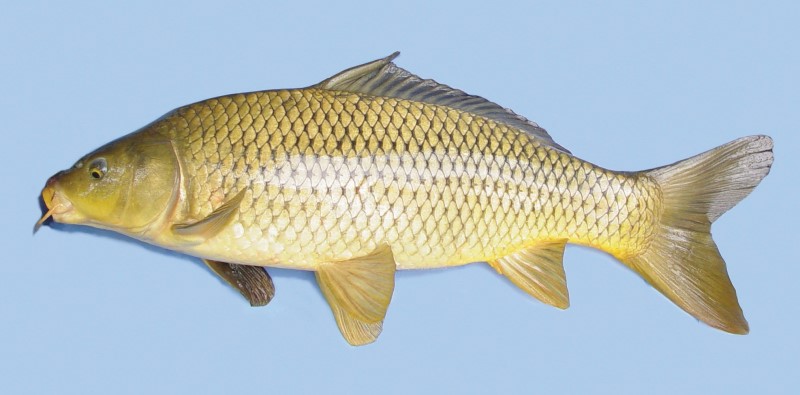
Goldfish (Carassius auratus) - Introduced

Grass Carp (Ctenopharyngodon idella) - Introduced

Tench (Tinca tinca) - Introduced
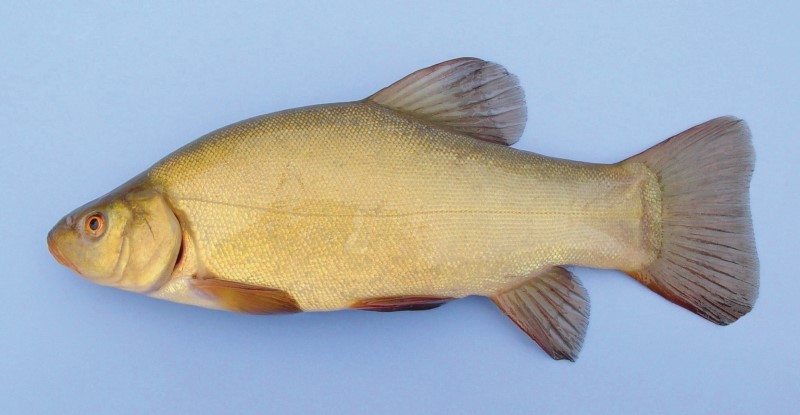
Fallfish (Semotilus corporalis) - Native
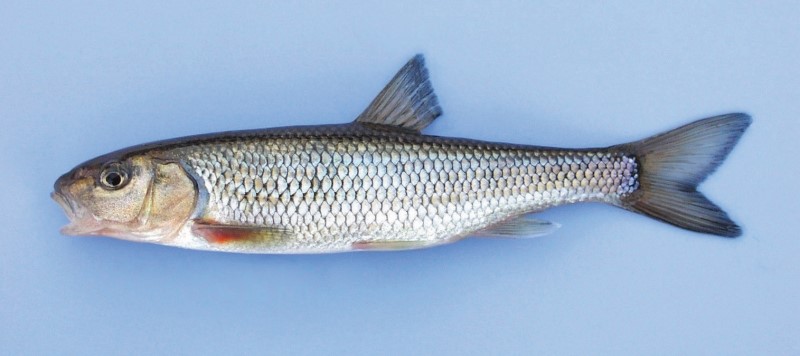
Creek Chub (Semotilus atromaculatus) - Native
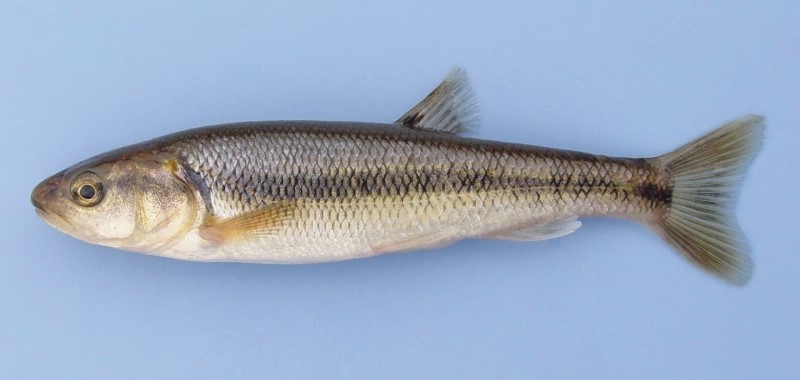
Cutlip Minnow (Exoglossum maxillingua) - Native
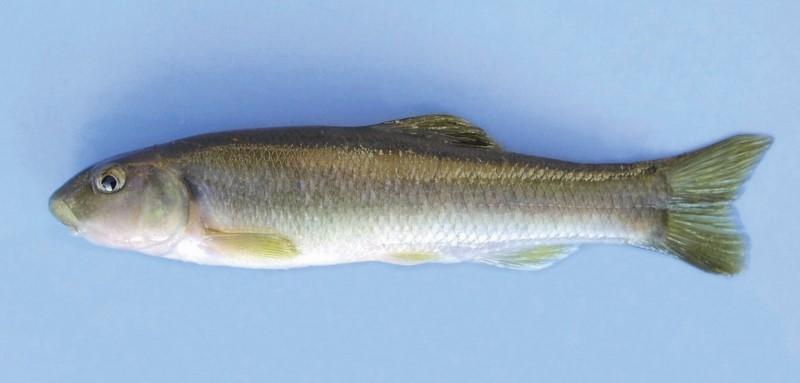
Golden Shiner (Notemigonus crysoleucas) - Native

Rudd (Scardinius erythrophthalmus) - Introduced/Close Neighbor

Common Shiner (Luxilus cornutus) - Native
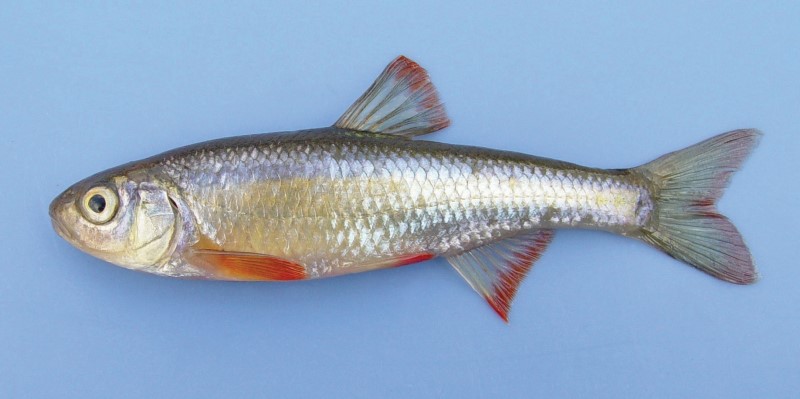
Spottail Shiner (Notropis hudsonius) - Native
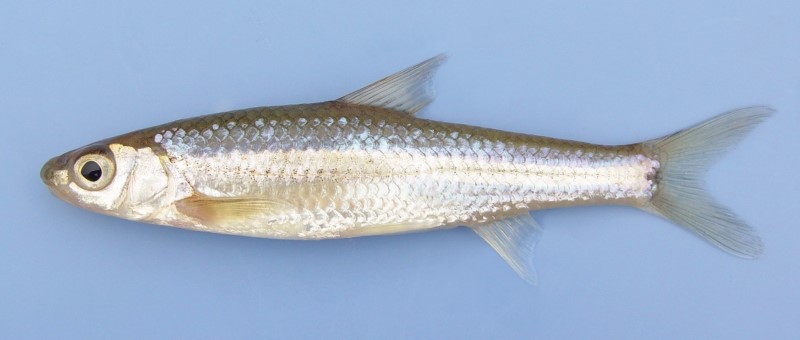
Bridle Shiner (Notropis bifrenatus) - Native
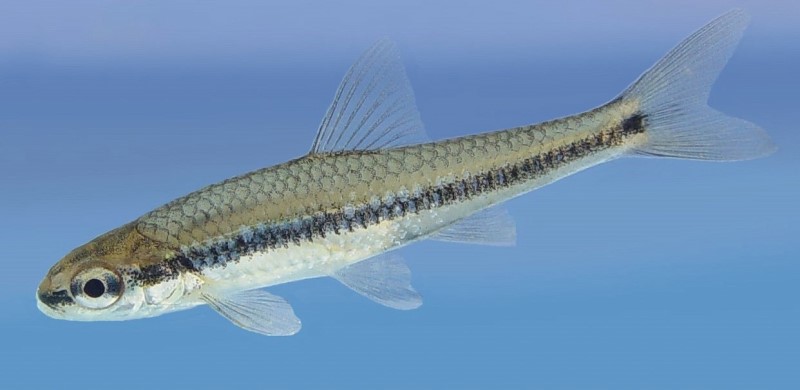
Mimic Shiner (Notropis volucellus) - Introduced
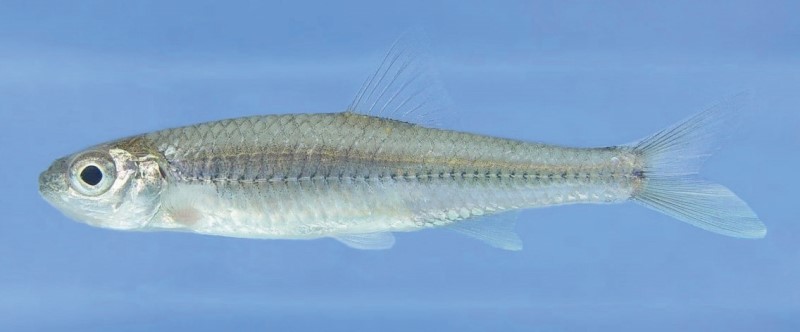
Bluntnose Minnow (Pimephales notatus) - Introduced

Fathead Minnow (Pimephales promelas) - Introduced

Blacknose Dace (Rhinichthys atratulus) - Native

Longnose Dace (Rhinichthys cataractae) - Native
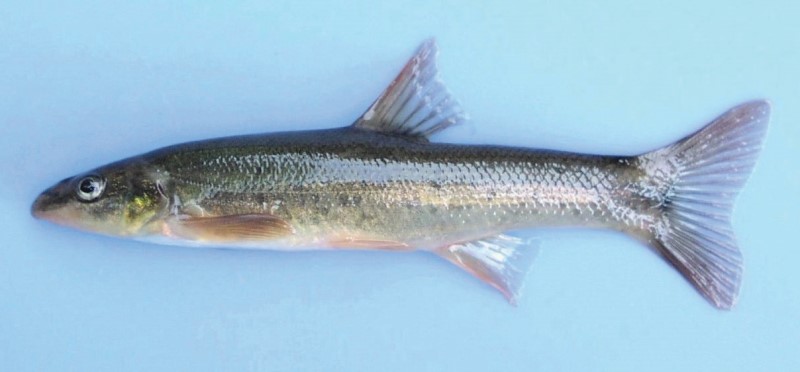
Most minnows are easily kept in home aquariums and will readily accept dried flakes and pellets. Minnows, with the exception of the carps and goldfish, tend to be smaller and more fragile than other fishes, so they don’t do as well in the presence of large, aggressive fish. Generally, the ones with larger and looser scales are more fragile than others. Minnows tend to be active and stay high in the water column. They are schooling fishes and are “happier” when kept with others of their kind.
Text and images adapted from Jacobs, R. P., O'Donnell, E. B., and Connecticut DEEP. (2009). A Pictorial Guide to Freshwater Fishes of Connecticut. Hartford, CT. Available for purchase at the DEEP Store.

